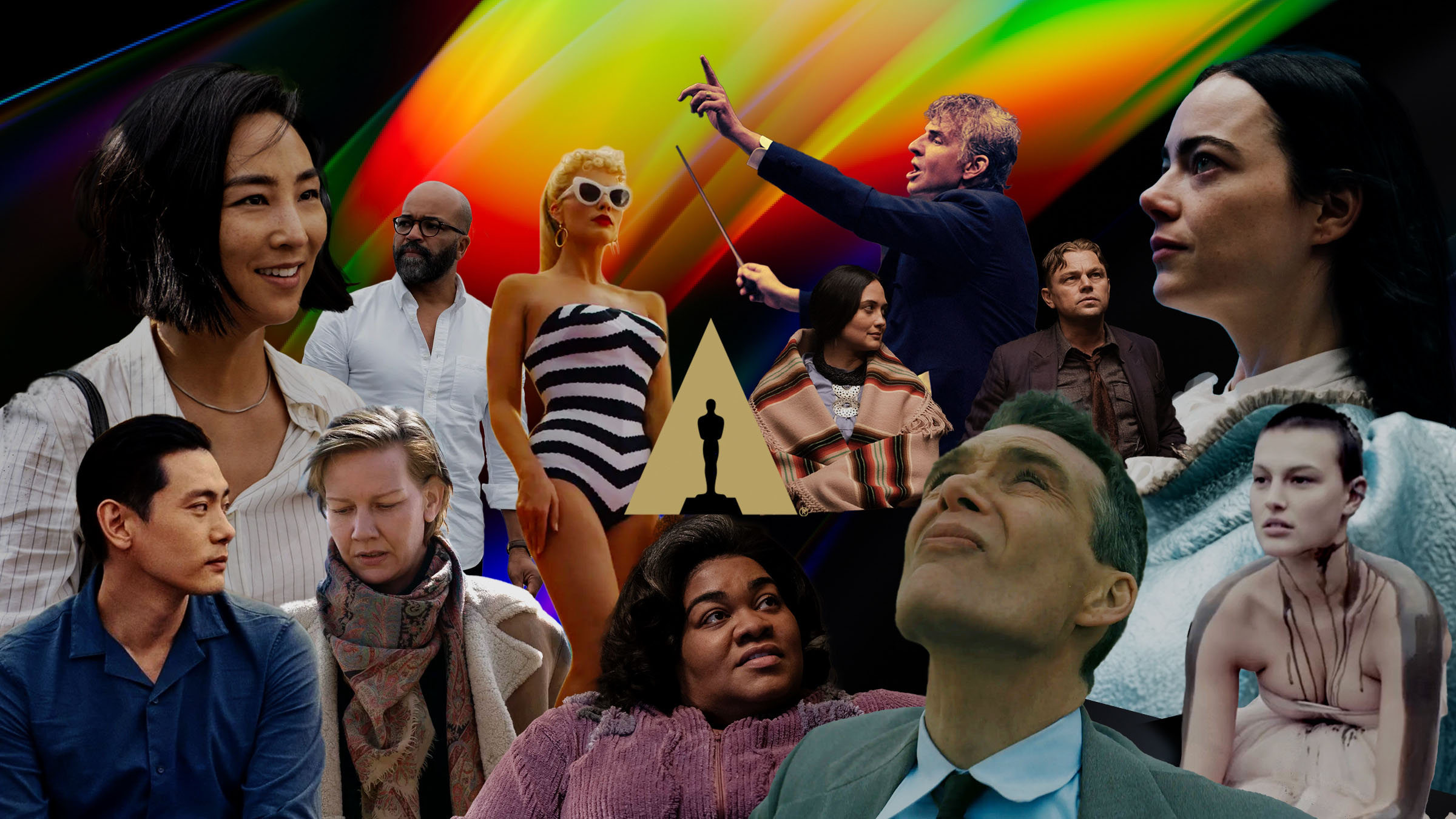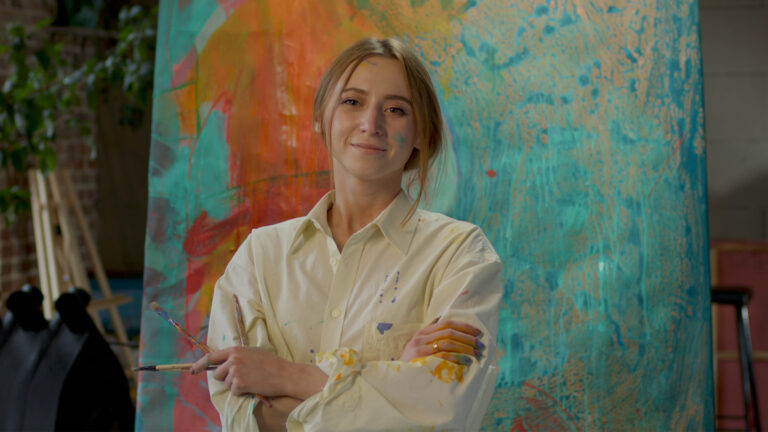Right around this time last year I recall thinking that 2024 would definitely be the year that the movie industry would return to normalcy. We’d survived the pandemic, the (reported) fall of the brick-and-mortar theaters, the rise of the streaming services…and their subsequent corrections. Bob Iger was back at Disney, and tentpole movies like Dune 2 were slated for holiday release. Nothing but blue skies and clear air ahead.
Well, here we are in 2024, in the aftermath of the WGA and SAG strikes, with media conglomerates conglomerating at an even faster pace, major streaming services offering lower-cost, ad-supported subscriptions, and a distinctly reduced appetite for superhero and franchise films—at least this year.
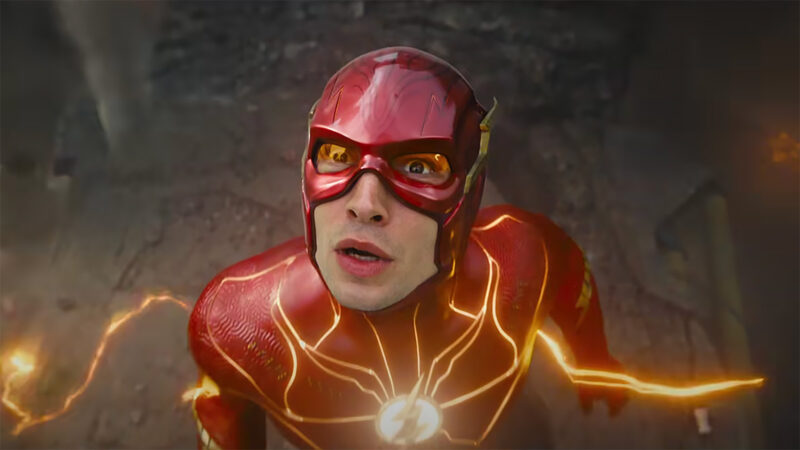
Seems we’re encountering some turbulence, folks, so remember to put your own oxygen mask on first and that your seat cushion doubles as a flotation device.
So why not use this as an opportunity to do some rerouting of our own? This year, instead of giving you one all-inclusive package containing the workflows behind every Best Picture nominee, we’re breaking it down so you can choose your own destinations. If you want a more in-depth look at the Best Cinematography nominees, check out Phil Rhodes’ article.
If you’re more interested in editing techniques, we have a Rough Cut roundup, in which we’ve distilled the best bits of Matt Feury’s interviews with the editors of eight of the nominated movies—including all of those who were themselves nominated for Best Editing: Jennifer Lame, ACE (Oppenheimer), Thelma Schoonmaker, ACE (Killers of the Flower Moon), Yorgos Mavropsaridis, ACE (Poor Things), Kevin Tent, ACE (The Holdovers), and Laurent Sénéchal (Anatomy of a Fall). You can read the full interviews in the links, as well as those with the teams behind American Fiction, Barbie, and Maestro.
As for this article, we’ll give you the “by the numbers” breakdown, along with some trendspotting among the nominated films, a little armchair analysis of the state of the industry, and some assorted fun facts. It’s a shorter flight, but that just means that you can customize your itinerary.
Now, please stay in your seats until the pilot turns off the fasten seatbelt light, and keep your tray tables in the locked position.
Contents
And the nominees are…
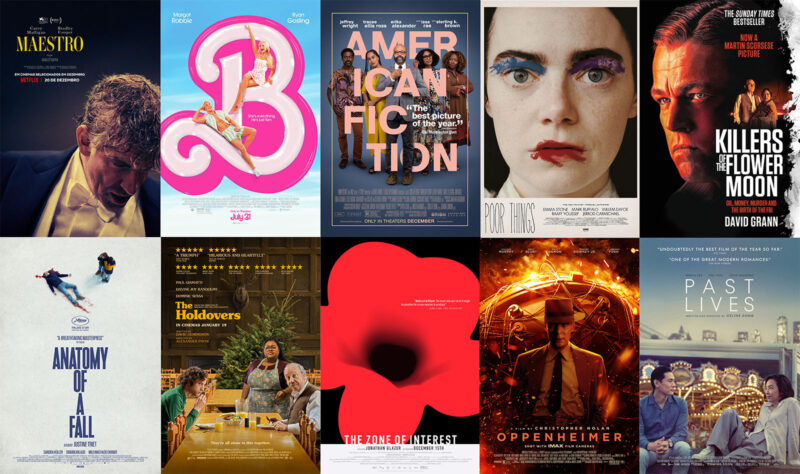
The Barbenheimer phenomenon
You can’t talk about 2023 and not start with Barbenheimer. What seemed like nothing more than a hilarious meme turned into a legit phenomenon. With Barbie’s $145 million budget and Oppenheimer’s relatively lean $100 million, that the former exceeded the billion dollar mark at the box office and the latter came just shy cements the notion that audiences will spend their money (and time) at theaters watching original films.

Two completely different film genres, consumed in the same day. Was it the summer heat that kept people in air-conditioned theaters? Or was it that both films delivered what people plunk down their dollars for? Either way, it lit up the internet, sparked joy, and helped educate people while entertaining them. What more could you want?
The franchise falloff
On the flip side, Indiana Jones and the Dial of Destiny, with a reported $300 million budget, grossed barely more than that which, by Lucasfilm standards, is…suboptimal. Ditto the latest entry in the Mission: Impossible franchise.
Meanwhile, in the MCU, Ant-Man and The Wasp: Quantumania lost approximately $125 million, while The Marvels came in as the lowest-grossing of the franchise to date. In the DC realm, The Flash reportedly lost Warner Bros. $200 million, and even Fast X lost money—on a whopping $340 million production budget.
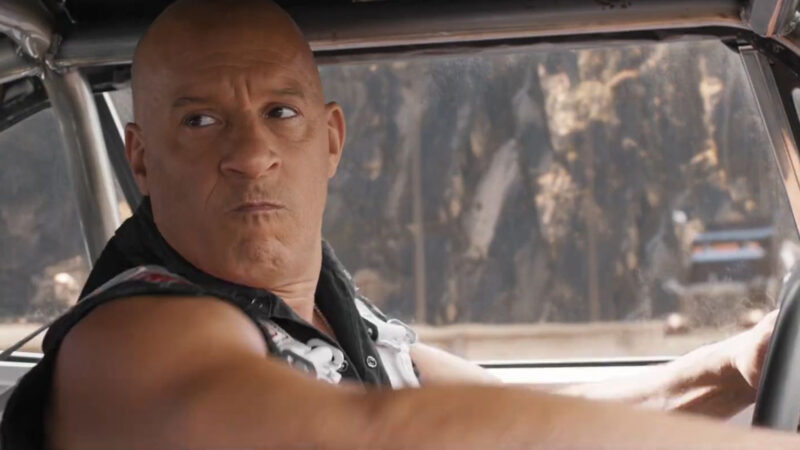
And yet, reports of the death of the franchise films have been vastly exaggerated. According to an article published in Forbes, Bob Iger’s plan is to reduce the MCU output, while focusing on “other sequels and franchises.” But even with that, the new cast for The Fantastic Four has just been announced to general excitement.
It all starts with a single film
Sure, this year was especially fertile for original films, but at least one of those is likely to spur a new franchise—or even extended universe—of its own.
Think about it: when the original King Kong was made, or the original Godzilla, did anyone imagine how many subsequent installments featuring those building-sized anti-heroes would follow—for literally decades? Planet of the Apes, still going strong since the 1960s (with a new one due in May)? And then there’s James Bond, the international man of mystery whose titular character (casting changes notwithstanding) retains a loyal fan base.
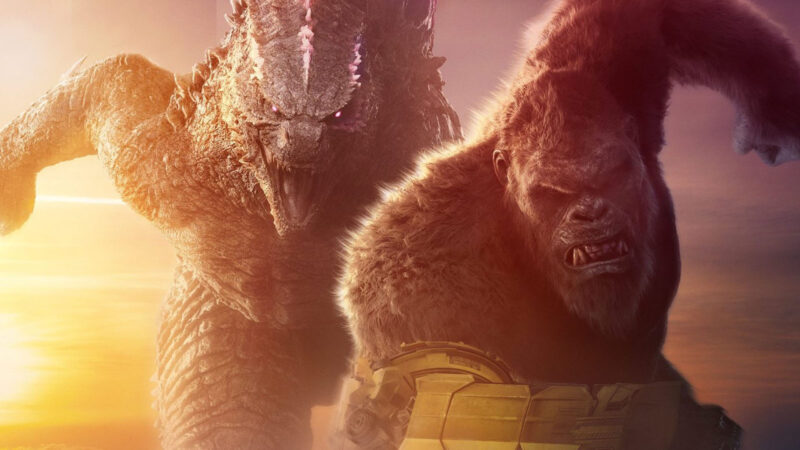
While our current sequel/spinoff mania may seem unprecedented, consider what took place in the 1970s—the era that brought us Rocky, Star Wars, Alien, Star Trek: The Motion Picture, The Muppet Movie, and Superman. Each one game changing in its own right—and so successful that why wouldn’t the creators consider sequels, remakes, and spinoffs?
Getting toyetic
But it was about more than just the box office take. It was the dawn of the golden age of (to quote Mel Brooks in his Star Wars spoof Spaceballs) merchandising!
That’s right. You could earn a big gob of box office goodness from the film itself, but the merch was the real cash cow. There’s even a term for it: toyetic. The Pixar films (designed to be toyetic from the get-go with built-in sequels galore) were like money-printing machines. Star Wars and Star Trek? Between the vintage and contemporary merch, an entire industry. Fast-food tie-ins, limited edition collectibles, apparel—if it could be turned into something that could be manufactured, someone would buy it. Which, in some ways, turned movies into feature-length toy commercials.

So…what about Barbie? On the face of it, a movie made about a toy that’s become a feminist icon. There’s a message behind the movie. But not only are there already murmurs of Barbie 2, there are at least 14 other films in play based on Mattel properties ranging from the obvious (Thomas the Tank Engine) to the curious (Magic 8 Ball).

The next franchise is already being heralded as the BCU. And let’s not forget about the Transformers and Lego movies, along with the 2023 hit Super Mario Bros., which also exceeded a billion-dollar box office. Disney’s recent investment into Epic Games portends an increasingly blurry line between movies and games. Never has the saying “He who dies with the most toys wins” been truer.
Common threads and themes
The year of the auteur
But getting back to the movies themselves, you can’t deny that this was a banner year for substantial, thoughtful films crafted by auteur filmmakers—even Barbie, co-written and directed by Greta Gerwig, had the distinct point of view that only she could have brought to it. Among Martin Scorsese, Christopher Nolan, Yorgos Lanthimos, Justine Triet, and Alexander Payne—all known for their unique styles—each of the nominated filmmakers left their indelible marks on their creations.
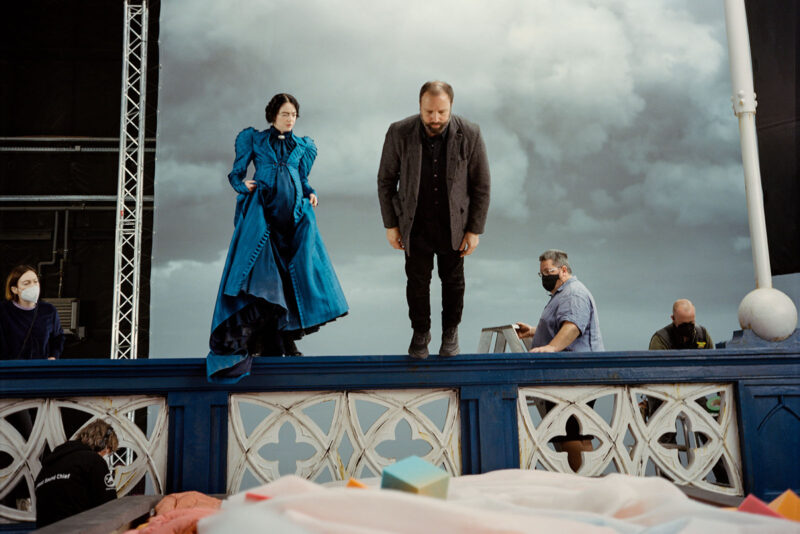
Five of the nominees were based on either novels (Poor Things, American Fiction, The Zone of Interest) or nonfiction books (Oppenheimer, Killers of the Flower Moon). Notably, Jonathan Glazer took the somewhat fictionalized The Zone of Interest and adapted it to be a more accurate depiction of the family of Rudolf Höss, while Oppenheimer and Killers of the Flower Moon remained faithful to the stories upon which they’re based.
ARRI ruled…
Of the ten films nominated for Best Picture, seven chose some flavor of ARRI camera. Only Zone of Interest used the Sony CineAlta Venice Rialto (last year’s camera of choice for Avatar 2 and Top Gun: Maverick). Meanwhile, both Maestro and Past Lives went with Panavision—Panaflex Millennium XL2 film cameras, that is.
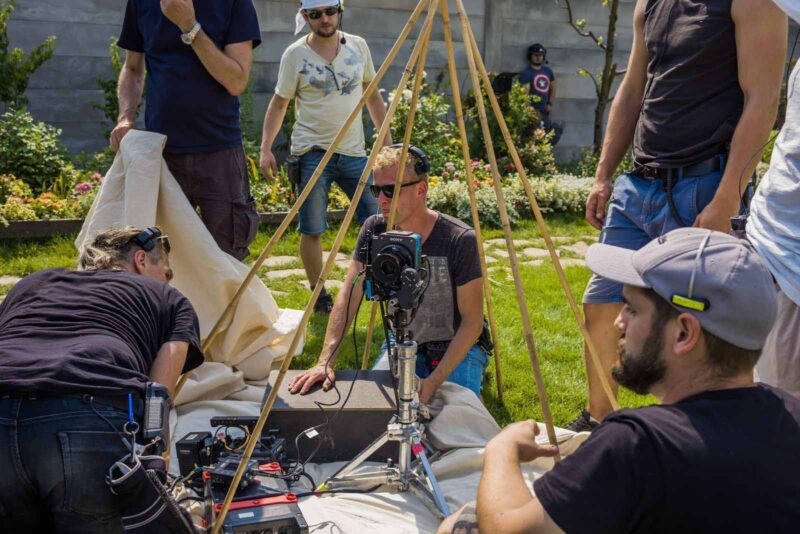
As did celluloid
Compared to 2023 when only Steven Spielberg captured The Fabelmans on film, this year half of the nominated films opted for celluloid. Among them, Christopher Nolan’s Oppenheimer, helmed by Oscar-winner Hoyte van Hoytema, who used a variety of film formats ranging from 15-perf IMAX to 65mm black and white—a new stock that Kodak created specifically for Nolan. According to IndieWire, finishing it required a partnership between Kodak, FotoKem, IMAX, and Panavision to support the workflow.
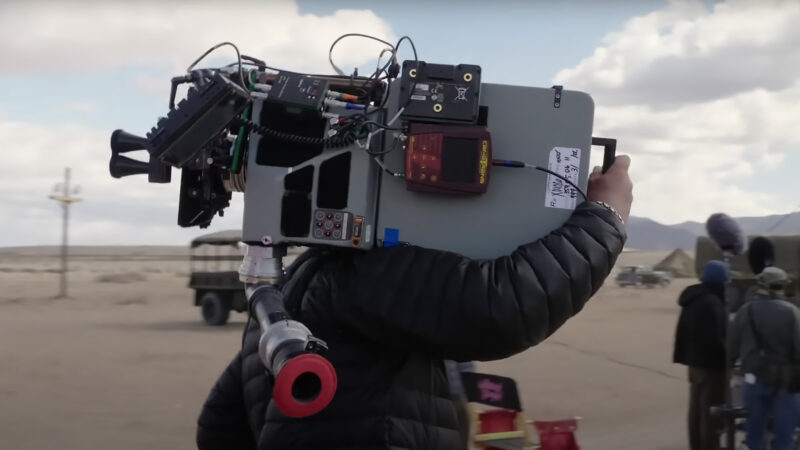
In the film, scenes from Oppenheimer’s point of view are shown in color (shot in large-format 65mm) while those viewed from Strauss’ perspective are black and white, for which they used the new film stock. According to van Hoytema, IMAX and Panavision had to reengineer their cameras to accommodate the new film. “It was quite a big operation,” van Hoytema notes. To read more about the cinematography, check out Phil Rhodes. Or, if you want to read more about the post-production process—including how the team turned an 18-wheeler into a moveable screening room for film dailies— check out Matt Feury’s interview with the editorial team.
Also shooting in a variety of film formats was Maestro, another biopic that relied on different looks for the time periods spanning Leonard Bernstein’s career. Bradley Cooper and cinematographer Matthew Libatique reportedly spent months testing a variety of cameras and framing before selecting the Panavision Panaflex Millennium XL cameras, shooting in black and white in 1.33:1 for the early years, and switching to color from the 1970s period onward, eventually opening up to a 1.85:1 framing. As was the case with Oppenheimer, the dailies processing took some doing, with editor Michelle Tesoro, ACE sometimes trailing production by a couple of days, especially if they missed the drop off for the once-daily process for black-and-white footage. Cuts were shared early and often with Netflix and with producers Steven Spielberg and Martin Scorsese.
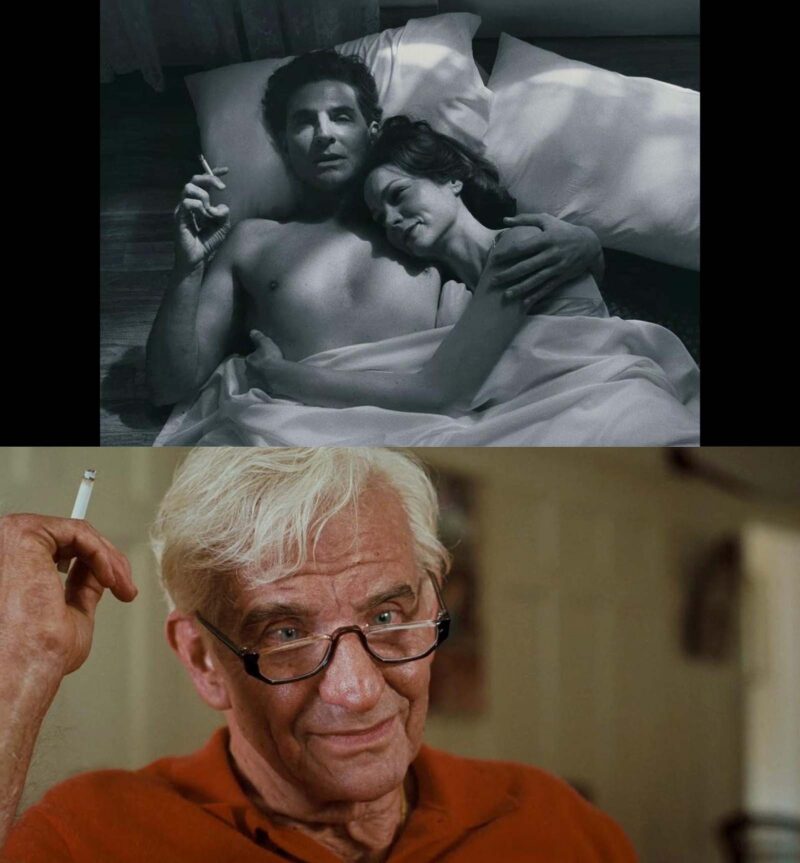
Speaking of Scorsese, Killers of the Flower Moon was shot on Arricam ST and LT cameras by Rodrigo Prieto, ASC, AMC. Even if he didn’t win the Oscar for Best Cinematography, he should have perhaps been awarded Busiest Cinematographer for lensing both a Scorsese masterpiece as well as the pink parade that’s Barbie.
Obviously, the two movies couldn’t be more different, with Prieto even borrowing Scorsese’s 1917 Bell and Howell to capture hand-cranked newsreel footage. Vintage techniques were employed to achieve the period look, according to an interview Prieto gave to Filmmaker Magazine. “I found Autochrome, invented by the Lumière brothers, appealing, so we created a lookup table [LUT] for the beginning of the film that would emulate Autochrome. Scenes with Ernest Burkhart [Leonardo DiCaprio] and William King Hale [Robert De Niro] and their families all have that Autochrome look.”
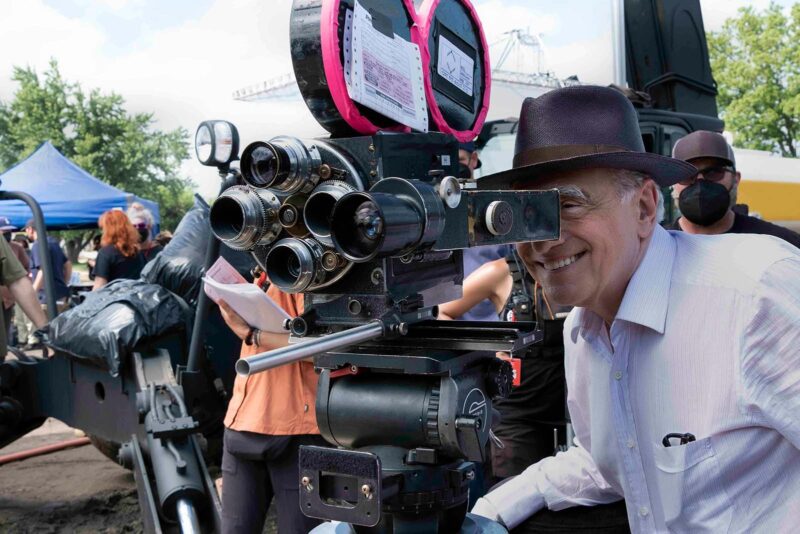
If Hoyte van Hoytema was challenged with capturing tight closeups in IMAX, Poor Things’ Robbie Ryan, BSC, ISC was composing shots with the extreme wide-angle lenses beloved by Yorgos Lanthimos. According to an ASC interview with Ryan, using “a single camera and simple equipment” the two created a magical period piece in the vein of Francis Ford Coppola’s Bram Stoker’s Dracula.
Like Oppenheimer and Maestro, Ryan used both color and black-and-white stocks to achieve Lanthimos’s vision. Choosing ARRI’s Arricam ST they shot in 1.66:1, but also used an 8-perf Beaumont “Beaucam” to shoot Bella’s reanimation sequence. A combination of the elaborate sets, the variety of film stocks, and the extreme lenses—augmented by LED volumes and visual effects in post-production provided by Union in London—produced a result that bows to cinema techniques of decades past. And to Lanthimos and Ryan’s extreme creativity with novel lenses.

The fifth nominee to rely on film to depict a dreamy past (and present-day) look is Celine Song’s Past Lives. In an interview with Kodak, cinematographer Shabier Kirchner explains that Song fell in love with the look of film during the testing period. With a production budget of only $12 million, Song leaned on her experience as a theater director to convince the producers that she would keep costs controlled by thoroughly rehearsing the actors. In much the same way that Darius Marder found that the constraints of shooting on film worked to his (Oscar-nominated) advantage in Sound of Metal, Song kept her shooting ratio low throughout.
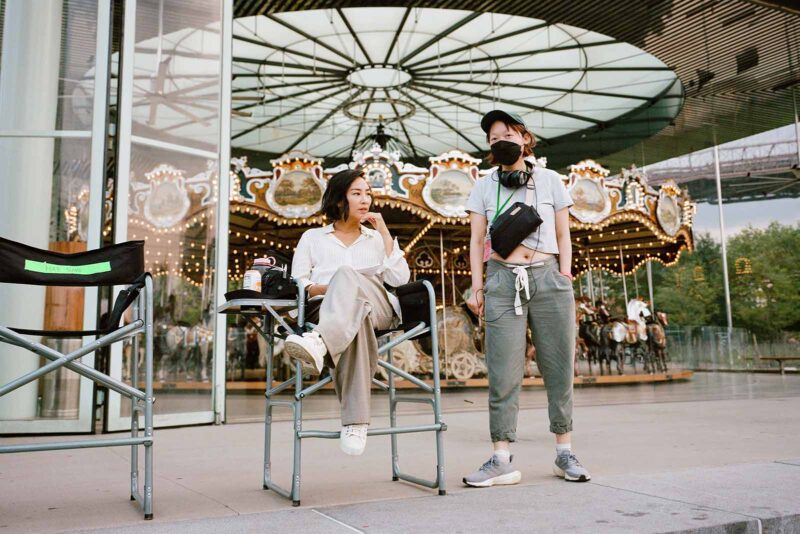
Keeping it real
The trend toward authenticity wasn’t limited to the movies shot on film, however. Alexander Payne may have used digital cameras, but the locations themselves were as real as they come. In fact, Massachusetts served as the location of choice for both Payne’s The Holdovers and Cord Jefferson’s American Fiction, with The Holdovers shooting during the winter—a lot of the falling snow is actually real, although the skies and ground snow have been digitally augmented.
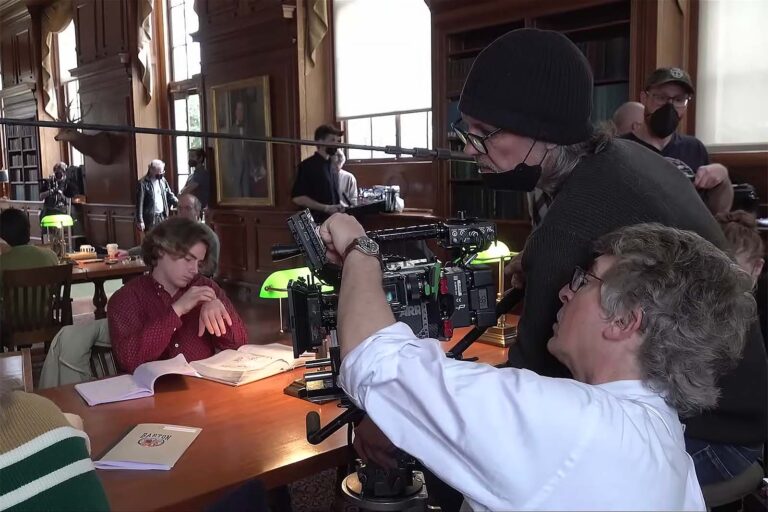
And then there’s the world of Barbie, which the filmmakers have described as “authentic artificiality.” Creating the sets at a scale that brought Barbieland to life—to the point where there was a reported global pink paint shortage—was no small undertaking.
Shooting on Arri Alexa 65s with Panavision System 65 Lenses, Rodrigo Prieto says (in an interview with Digital Cinema Report) that Barbieland needed to be pristine and clean, but for it to feel like a miniature, they needed a big sensor so the depth of field would be shallow. The Panavision lenses were “sharp but not aggressively so, and the edges didn’t go toward dark vignetting. An important word for us in Barbieland was ‘innocence.’ It had to feel innocent, and these lenses were beautiful but innocent. We didn’t want it to feel filtered; we wanted it to feel direct, like you’re there, you’re seeing with your own eyes.”
Similarly, when it came to camera moves and framing, Prieto says, “Another rule we imposed on ourselves was to be very simple with the camera treatment in Barbieland. I didn’t want the camera to be ironic or to impose angles.”
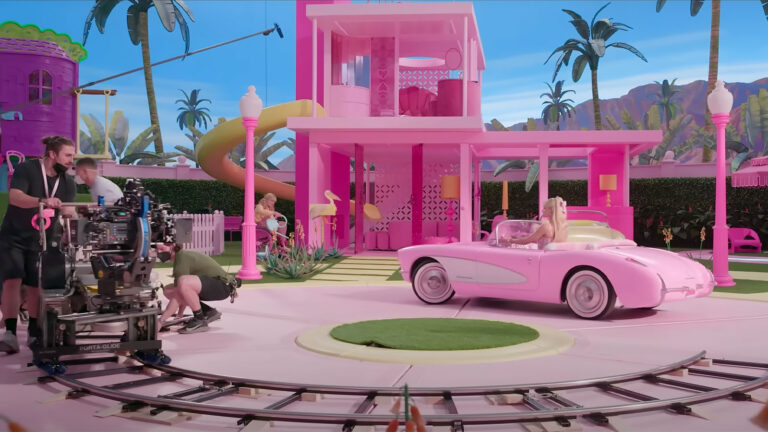
But of the features shot digitally, perhaps no film went as far for authenticity’s sake as Jonathan Glazer’s The Zone of Interest (which took the Oscar for Best Foreign Language film). Glazer and his team went to extreme lengths to not just capture the look of the time and place, but to also capture the experience of Höss’s family. Which is to say, a family that is living a life of pastoral luxury, while just beyond their garden and swimming pool Jews were being tortured and exterminated.
The Zone of Interest was shot at the Auschwitz Concentration Camp and in a nearby house that was meticulously designed to double as the actual home that Höss and his family occupied during the holocaust. Cinematographer Lukasz Zal used ten Sony CineAlta Venice Rialto cameras so that they could detach the lenses from the camera body in order to hide them all over the set. In an interview with the ASC, Zal describes how the focus pullers were located in the basement of the house, while he and Glazer were in a shipping container behind the wall. Glazer was able to monitor the actors’ performances without interference, only entering the house if he had to give important notes.
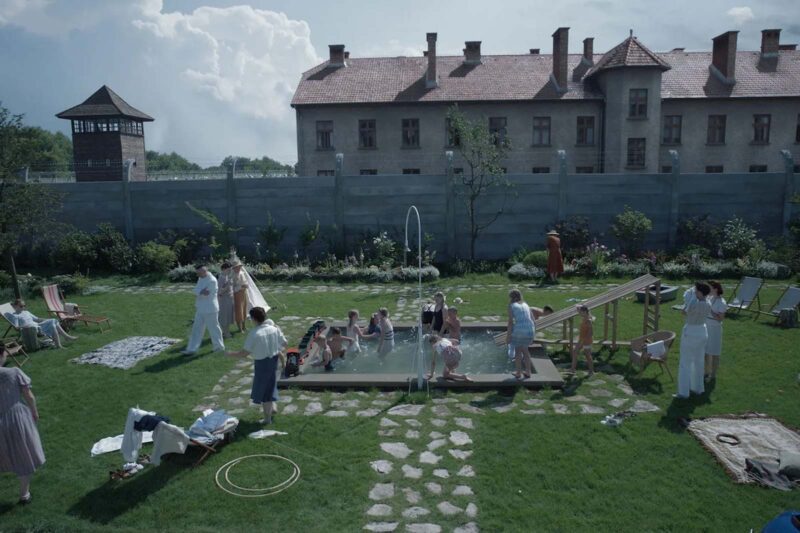
They captured the footage at 6K resolution in order to make the scenes look extremely realistic and detailed, choosing to use only available light. In a Hollywood Reporter article, Zal explains that their ethos was to keep everything looking as normal as possible, without the kind of cinematic artifice that might influence an audience’s emotions. Rather, the audience was to feel as though they were witnessing actual life taking place within that location in an objective and unvarnished way. In a sense, the way they framed the Hösses was not unlike the way Barbie was captured—as if you’re looking at them moving about in a box, or some kind of idealized version of reality.
Because juxtaposed with that reality is the sound of what the Höss family was hearing. What we hear as we watch. In an article in A.FRAME, Oscar-winning sound designer Johnnie Burn describes compiling a 600-page research document before capturing a single sound. He subsequently spent the year before filming began and throughout the shoot (and into post-production) building the sound library with his team. He recorded the industrial sounds of textile workshops and incinerators, boots marching on gravel, period-accurate gunfire, and human suffering. Glazer depicts the family going about their comfortable lives, inured to the soundtrack of the all-too-real atrocities—which aren’t so loud as to intrude, but therein lies the true horror.
Yet another of the movies this year that claims commitment to extreme realism, Nolan’s Oppenheimer comes in the form of extremely handcrafted filmmaking. Highly stylized cinematically, but with the strictest adherence to creating practical effects and makeup, Nolan’s approach is in almost complete opposition to last year’s digital extravaganza, Avatar 2—except for the fact that Cameron made the actors really hold their breath underwater.
If sound is used as a counterpoint in The Zone of Interest, Oppenheimer uses it as a foreshadowing of something no less sinister. The stomping feet, a motif that occurs periodically throughout the film, is a tease until the big reveal. By that time, we as the viewer know what Oppenheimer’s success means, which also sadly rhymes with The Zone of Interest.
Continuing in the vein of impeccable authenticity is Maestro, in which Bradley Cooper could have borrowed a page from Nolan’s notebook. The change in aspect ratios that provide visual cues to points in time along with the use of both black-and-white and color film stock are obvious similarities. Opting for makeup rather than digital aging or de-aging is another.
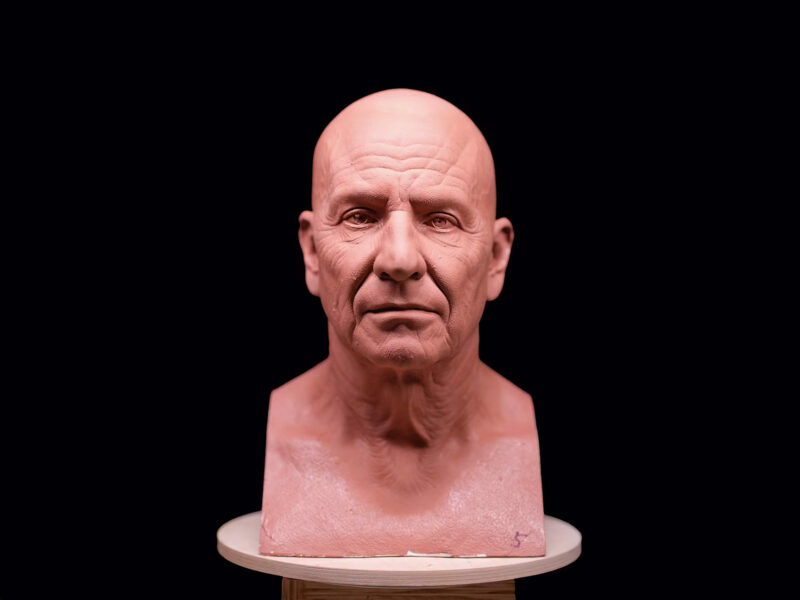
But even more significantly, both are the stories of two remarkable men who left their marks on the world—for better and for worse—owing in no small part to the women who loved, supported, and tolerated them. The men inhabited a world in which their power was indisputable, but without the women would they have had the comfort to reach their heights? Both movies raise the question and let the viewer infer the answer.
Relationships were key
Not only was it a year of original, non-franchise stories, it was a year in which many of the films were built around relationships and human interaction. Based on intimate relationships between actual family members (American Fiction, Anatomy of a Fall, Maestro, Past Lives), a circumstantial family (The Holdovers), a community (Killers of the Flower Moon, Oppenheimer, Barbie) or something more…intimate (Poor Things), this year’s roster of films brought stories with messages. Even in the inhumanity of The Zone of Interest, there’s a character who embodies the best of the human spirit when faced with the worst.
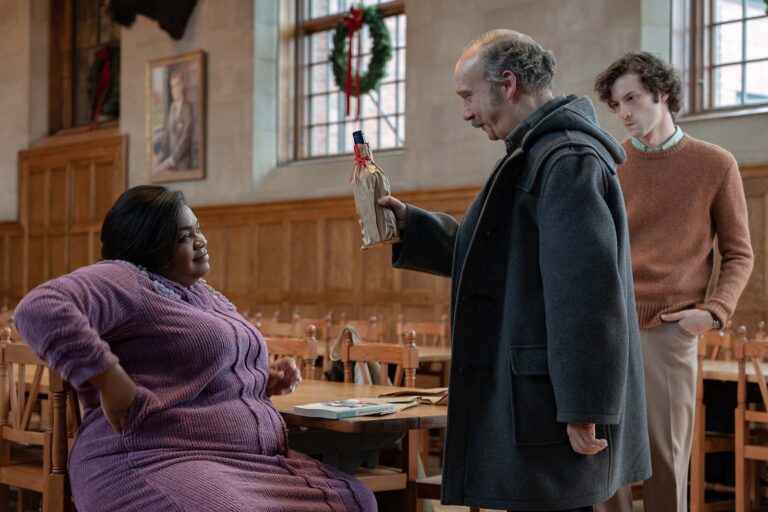
Could it be that the prevalence of the auteurs this year resulted in more personal films and passion projects being pursued? When you look at the amount of time some of these directors spent getting their films from idea to theater, it’s clear that they had lengthy gestation periods. From Maestro, for which Bradley Cooper famously spent six years to learn how to duplicate Bernstein’s style of conducting, to The Zone of Interest for which Jonathan Glazer spent nearly ten years researching and reworking Martin Amis’s story, to Killers of the Flower Moon, which also took six years to bring to the screen, none of them were anything less than labors of love for the directors who brought them to life.
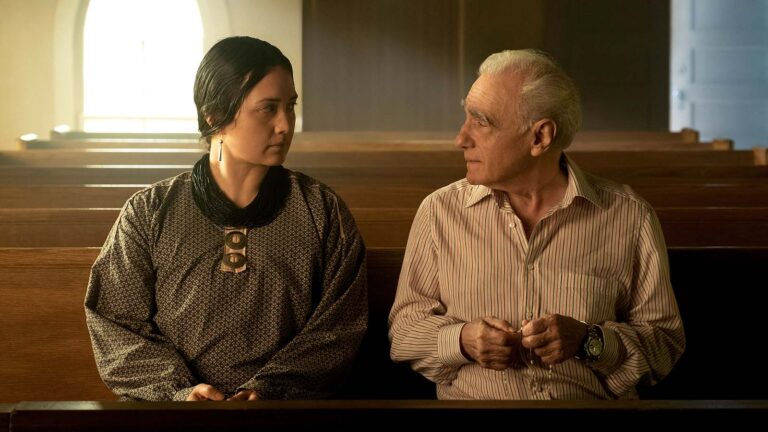
Capturing the zeitgeist?
Do we need to stop for a moment to think about the fact that three of the films this year were based on historically ignominious events from the Holocaust to the Osage Indian murders to the development (and use of) nuclear weapons to end World War II? What about Barbie, Poor Things, and Anatomy of a Fall—in which women took the leading roles and could be, each in its own right, called a feminist movie?
While we know that all of these films were long in the making, is it a case of filmmakers considering these stories to also reflect the current state of our world at a time that seems more predisposed to xenophobia, misogyny, and war? Fittingly, 20 Days in Mariupol took Best Feature Documentary, while director Mystyslav Chernov declared that he wished he’d never had to make the film—a powerfully authentic political moment in the awards show. Echoed by Jonathan Glazer as The Zone of Interest took Best International Film, Cillian Murphy (Best Actor winner for Oppenheimer) did his part, quietly, praising “the peacemakers.”
The coincidences
Everyone knows that Martin Scorsese is Hollywood royalty. But what’s maybe most interesting this year is that his actual reach (meaning more than just his enormous influence) extends to more than just his own film.

If you pay attention to the credits, you’ll see that he’s one of the producers of Maestro, alongside colleague Steven Spielberg. If you dig even deeper, you’ll see that among the editorial team for Oppenheimer is Tom Foligno, who handled the film workflow—after having spent time in Scorsese’s cutting room assisting Thelma Schoonmaker.
Foligno’s opinion on Oppenheimer: “The dailies all had the earmarks of a real classic picture in the way it was shot. I worked for Scorsese a long time ago, when he was shooting on film. He would rarely shoot two cameras. Christopher Nolan never shot two cameras, either. It reminded me so much of that.”
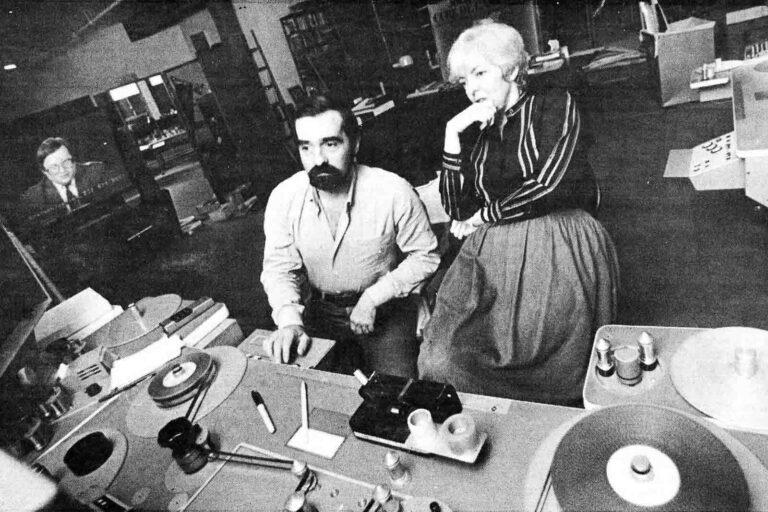
Matt Garner, VFX editor on Barbie, also worked with Scorsese on The Irishman. He says, “The Irishman was about developing a new technology. That kind of de-aging hadn’t been done before, and it was using a new technology created by Industrial Light & Magic. I think it was frustrating for Scorsese because he had to wait three months to see what a de-aged Robert De Niro would look like. Then he’d give notes and have to wait another two months to see the revision.” But clearly it wasn’t frustrating enough to keep him from returning to ILM and VFX supervisor Pablo Helman for Killers of the Flower Moon—because if you know anything about ILM, you know that they just keep upping their game.
And last, but hardly least, there’s Sandra Hüller, nominated for Best Actress for Anatomy of a Fall but also playing the role of Hedwig Höss in The Zone of Interest.
You might say that Scorsese and Hüller were everywhere, all at once.
By the numbers
Budgets
Compared with previous years, there’s a balance between high- and low-budget films—though not since 2021 has there been a year in which there are no sequels or remakes. You could speculate that the result of the streaming services having to continually feed the gaping maw of “content” is that it’s perhaps easier to find funding and distribution for original films from the likes of A24, Focus Features, Searchlight, and Neon.
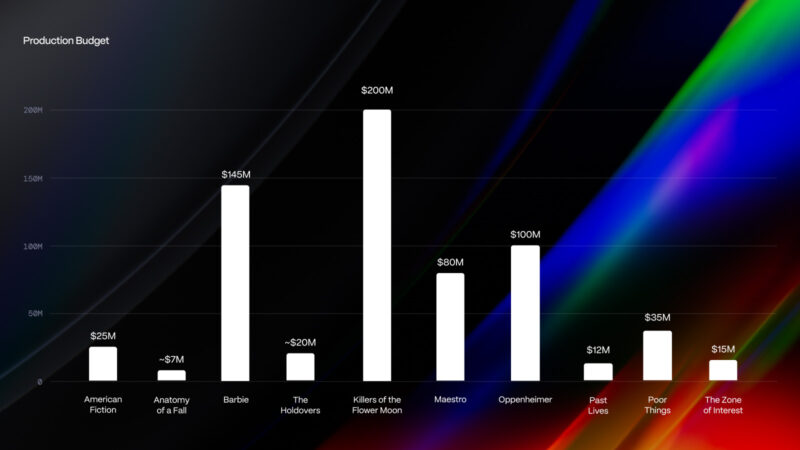
Notably, Barbenheimer (with a combined production budget of $245 million) hit more than $2 billion in box office, making Warner Bros. and Universal very happy about their investments. Weirdly, the film with the highest production budget, Killers of the Flower Moon, failed to perform at the box office, but as most industry pundits have noted, the Apple TV+ subscription model will measure its longer-term success differently.
Meanwhile, Poor Things, made on a modest $35 million budget, has (as of this writing) grossed more than $82 million—and earned 11 Oscar nominations, with five wins. All of which proves that an original filmmaker with a unique vision can achieve both box office and critical success (as Lanthimos also did with The Favourite). Ditto Alexander Payne’s commercial and critical success with The Holdovers, as he’s previously achieved with films like Sideways, About Schmidt, The Descendants, and Nebraska.
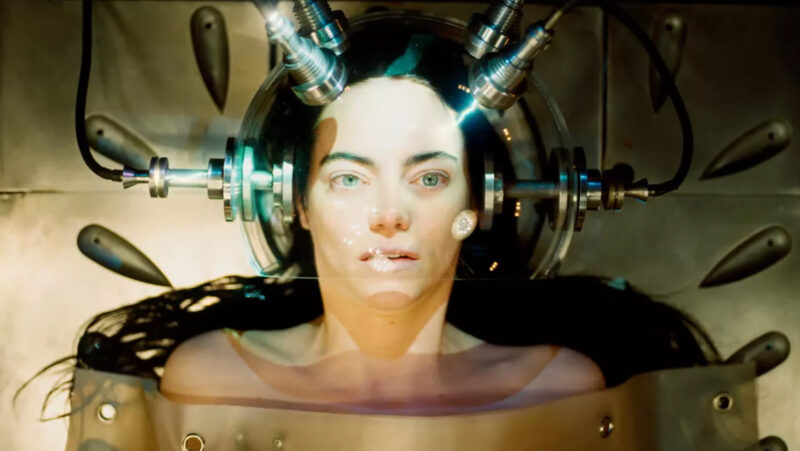
Days of principal photography
Perhaps the most notable stat in this chart is the number of days of principal photography for Oppenheimer. If you consider that Barbie shot for 70 main-unit days, plus three days for additional photography (as well as both second unit and a splinter unit running alongside the main unit) it all added up to 128 days.

But Christopher Nolan famously cut the number of days of principal photography from 85 to 57 to free up more money for the necessary production design. What does it take to shoot a film of that complexity and magnitude in 57 days, with complicated practical pyro effects, on film, in IMAX, and to screen dailies on film in remote locations? A combination of vision, preparation, and discipline, along with a super-pro crew and top-notch actors. As Cillian Murphy states, “There’s just Chris and the cameraman—one camera always, unless there’s some huge, huge set piece—and the boom op and that’s it. There’s no video village, there’s no monitors, nothing. He’s a very analog filmmaker.”

Crew size
In this case, really the only “surprise” is that (again) Christopher Nolan accomplished so much with roughly half the crew of Barbie. The term “baller” comes to mind. As does “Oscar-winning director.”

Months in post-production
A couple of noteworthy bits here. First, according to Oscar-winner Jennifer Lame, Christopher Nolan does not push deadlines. He comes to work every day, spends the day being productive, and is respectful of his team’s time. What’s also interesting is if you read The Rough Cut interview, she uses the word “fun” frequently. Apparently, Nolan’s preparation and execution means that he knows he has what he needs without capturing numerous takes and angles, and his collaboration with his editor is incredibly creative and collegial.
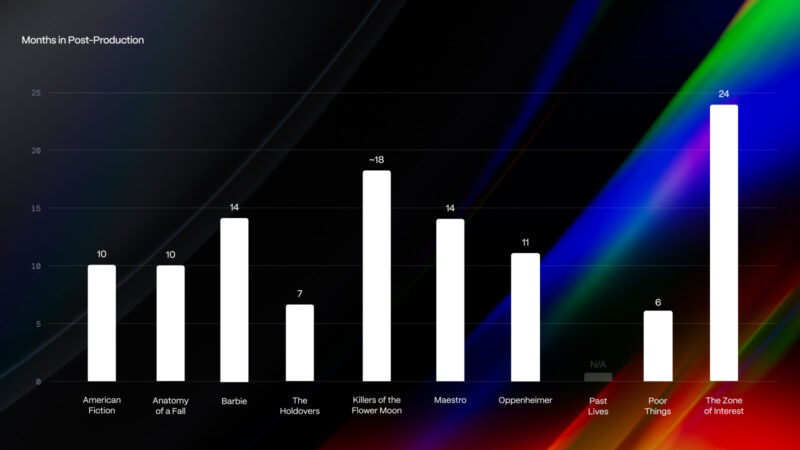
You might also notice that The Zone of Interest spent 24 months in post. There’s a good reason for that. Given that there were ten cameras capturing full camera cards’ worth of ongoing takes, the editorial team had a gargantuan amount of footage to view—something along the lines of 15 to 20 hours of video rushes per day, adding up to a total of 800 to 850 hours of video to sort through, according to a story in The Hollywood Reporter.
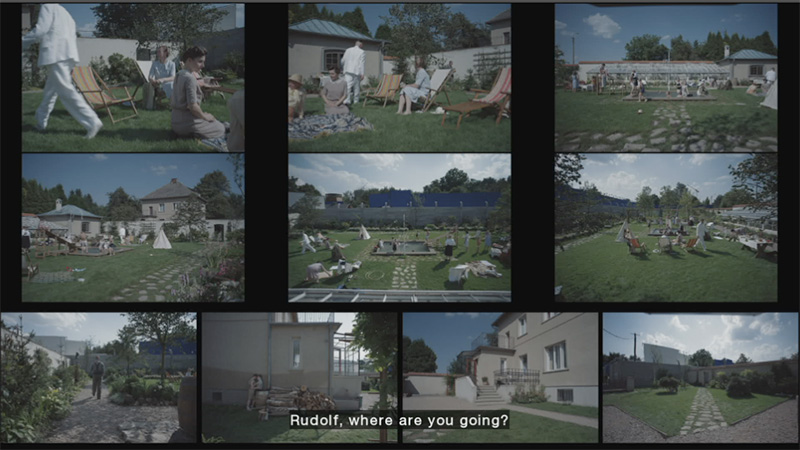
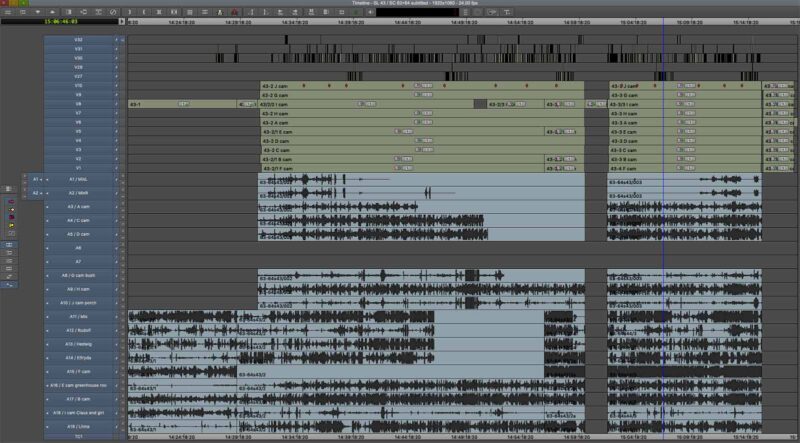
All of that needed to be translated from German to English by first AE Andreas Nold. “Every word spoken before, during, and after the takes had to be translated. The actors ‘lived’ in the scene, in 20-30 minute-long takes with a lot of improvisation with often five or more actions happening at the same time. I probably wrote a few books worth of subtitles,” he says.
Number of VFX shots
Which leads us to the sometimes sensitive issue around visual effects. Most notably, there was the rumor that no CGI was used for Oppenheimer’s effects. Similarly, the buzz around Barbie was that most effects were done in camera.
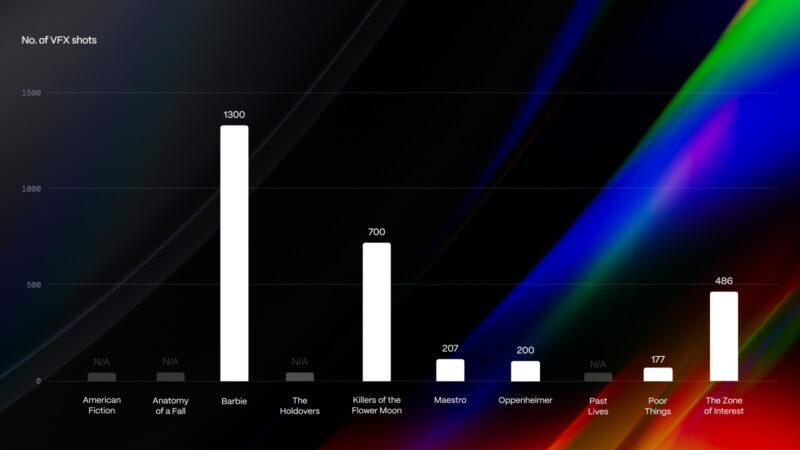
In both cases, the records were quickly set straight by none other than the VFX supervisors themselves. Oppenheimer’s Andrew Jackson explained that the approximately 200 visual effects involved removing objects representing modern-day times in the films. VFX is not just fire and explosions, he says, but involves any shot where a VFX team examines it and digitally manipulates a movie’s visual element. Just as an editor ensures the pristine transition between shots, a VFX team ensures that all those shots are as spotless and accurate as possible, whether that means taking out modern buildings or enhancing an explosion.
Barbie VFX supervisor Glen Pratt, for his part, explains to AWN that there were 1300 VFX shots handled by several vendors. “Framestore did concept art, visual development, previs, postvis, and virtual production, totalling 700 shots, while Chicken Bone FX, FuseFX, UPP, and Lola VFX contributed 300 shots. 600 of the 1,300 shots required extensive visual effects work,” he said.
In truth, almost every movie has some sort of VFX component, especially of the “invisible” kind that Jackson describes. The Zone of Interest, for example, had 486 VFX shots done by One of Us including compositing a computer-generated camp into numerous shots, a river of ash, multiple shots of chimney smoke and fire, smoky skies, and painting out the cameras that were visible in the shots.
The “smaller,” more realistic films make mention of invisible VFX, but the quantity of them seems to be small enough as to not be publicly documented. Still, we were relieved to know that when the dog vomited in Anatomy of a Fall it was digital vomit.
Some final thoughts
As we approach a new era of filmmaking, in which generative AI and machine learning have made their way into the mainstream, it’s worth looking at this year to see how many of the best movies were made painstakingly, by hand, based on original ideas and created by true artists. And audiences flocked to theaters to watch them.
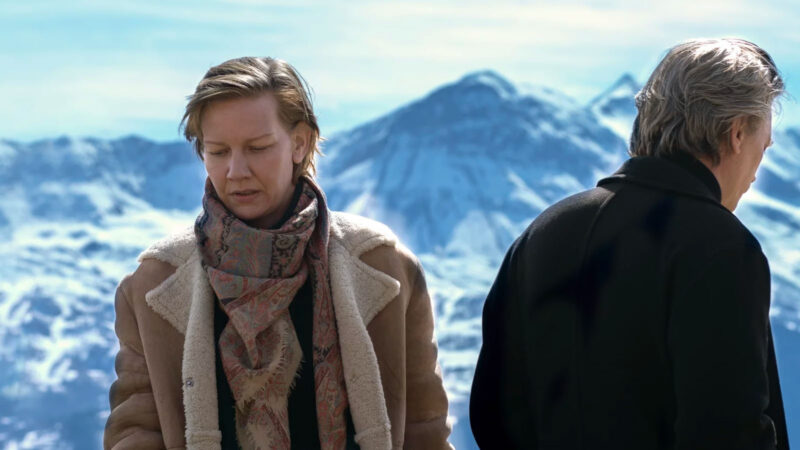
Looking back to 2018, the year in which the domestic box office reached a record nearly $12 billion—to plummet to only $2 billion in 2020—the trend to recovery has continued steadily. In 2021, it doubled to $4.4 billion. In 2022, it reached $7.3 billion. And last year, it reached nearly $9 billion.
Also interesting to note is that the last truly original story to top the box office dates back to 2010 with Avatar—which, as we know, spawned its own series. Will we or won’t we see Barbie 2? Time will tell.

Meanwhile, we’ve seen the streaming services “correct.” Netflix, by adding an ad-supported tier in 2022 and cracking down on password sharing in 2023 (the latter of which Disney+ has recently implemented) has surprised even Wall Street with their 2023 profits, adding 13 million new subscribers in Q4. On the other hand, numerous industry watchers have declared this to be the end of “peak television,” with many of the networks and streaming services cutting back on the number of expensive original shows and series. This has rippled into a noticeable decline in available work for so many people in the industry, especially in the wake of the recent strikes—with the rumble of more to possibly come.
And yet movie theaters or streaming services, franchises or sequels, big budgets or small indies aren’t going anywhere. There will always be people who want to watch movies with others while eating snacks, and people who want to watch alone from the comfort of their own couch. There will always be MCU and DCU fans, and those who love a clever indie.
And there will always be visionary artists and craftspeople who are ready to work hard to bring compelling stories to the screen. We thank you all for your service.

